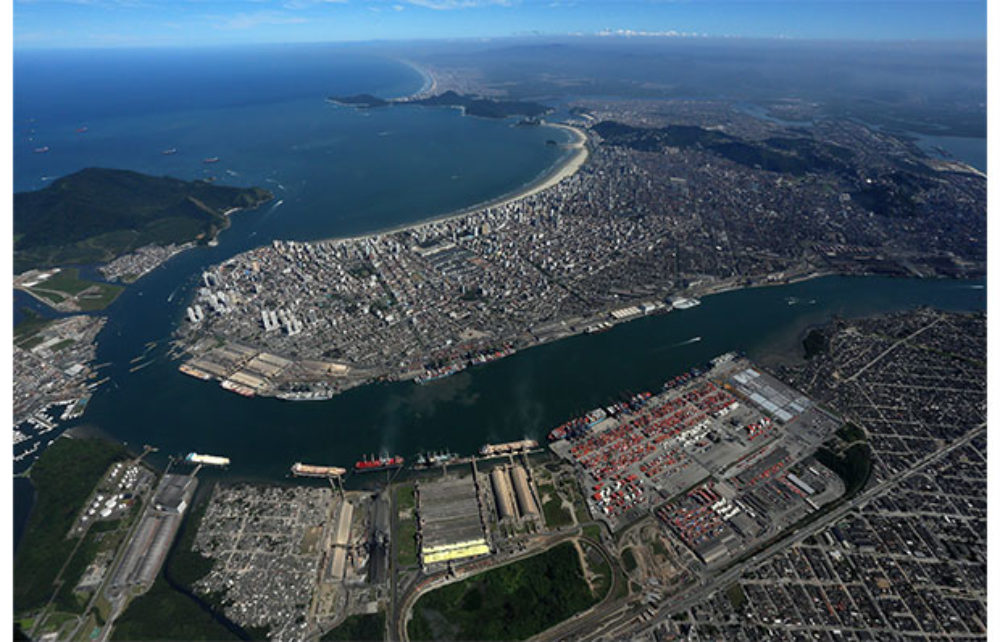With exports to the US and regional neighbors like Mexico plummeting this year, Brazil is becoming more reliant on its sales to China. The weight of commodity exports is also increasing, compared to industrial ones.
The newly released Foreign Trade Index (Icomex) of the Getulio Vargas Foundation, with data until May, confirmed a trend already signaled in the previous months of an increase in Brazilian exports based on commodities (agricultural and mineral products sold in the international market) for the Asian market, with a reduction for other markets.
According to FGV, the scenario of instability, with a devaluation of the Brazilian currency, the real, does not favor sales of industrial products abroad, which remain in decline.
The Brazilian trade balance was USD 4.5 billion in May, USD 1.1 billion less than in the same month of 2019. In the year through May, the balance reached USD 15.5 billion, a result lower by USD 4.8 billion compared to the same period last year.
The lower performance in the year-over-year comparison up to May is explained by the more pronounced drop in exports (-7.2%) in relation to imports (-2.5%), according to FGV.
Commodities accounted for 71% of Brazilian exports in May and are associated with the agricultural sector, that increased 44.2% compared to May 2019, followed by an 11.3% increase in the extractive industry. The manufacturing industry had a further drop (-13.7%).
Icomex confirms that the dependence on exports of commodities, mainly in the agricultural sector, translates into the growing importance of China as a destination for Brazilian exports.
In May, the volume exported to China grew 64.7% in relation to the same month of 2019, while falling to the rest of Asia. Even so, China and the rest of Asia are the only markets with positive variation when comparing the January / May period of 2019, the study points out.
China accounted for 32.5% of Brazilian exports and 20.8% of imports, in the period from January to May 2020.
In May, 78% of exports to China were soybeans (52.8%), iron ore (13.4%) and oil (12.2%). Beef, pork and chicken meat accounted for 9.5% of exports to the Asian country.
The greatest decreases in Brazilian exports were for Argentina (-55.2%), Mexico (-46.6%), the US (-36.8%) and other countries in South America (-30%).
The outlook is not very optimistic, according FGV’s Icomex, mainly because a possible new wave of epidemic of the new coronavirus in China rekindled the warning of a still uncertain scenario, contradicting a “moderately optimistic” perspective about resumption of activities in European, Asian and United States markets.
The World Trade Organization (WTO) projection continues to decline in world trade between 13% and 32% this year.




